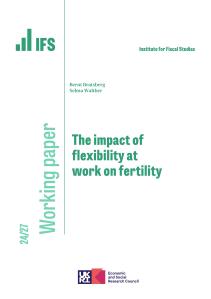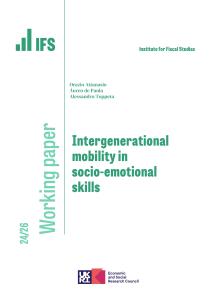<p>It is well known that over the next few decades there will be significant changes in the demographic structures of nearly all developed countries; in the absence of massive immigration, or of catastrophic new fatal illnesses, by the middle of the next century the ratio of people of working age to those of retirement age will, in many countries, be only around one half the current level. Such dramatic demographic change could have a powerful impact upon saving behaviour in both the public and private sectors and upon asset prices and wages. </p><p> </p><p>But estimates of how great the effects will be differ substantially depending on what kind of evidence is used. This paper first shows that projections based on a calibrated, overlapping generations model of the economy where agents display life-cycle savings behaviour are similar in broad shape to projections based on panel data estimates of the relation between demographics and saving. But the implications for the impact of demographic change of evidence from household data sets are strikingly different. This paper presents an explanation of this and assesses how far alternative pieces of evidence can be reconciled. The implications for asset prices, savings rates, capital accumulation and labour productivity over the next fifty years are explored. </p><p> </p><p></p>









